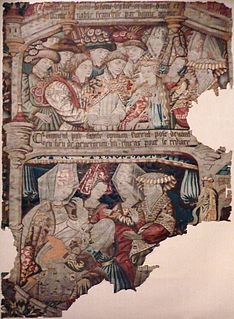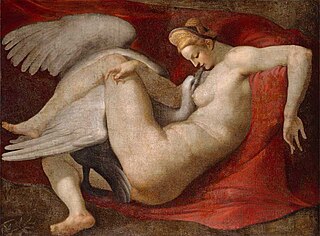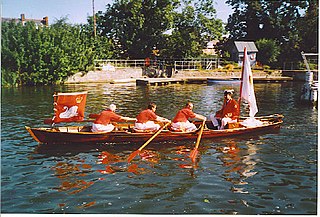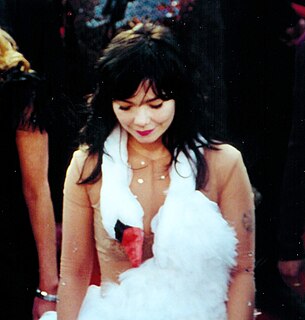 W
WSwans are birds of the family Anatidae within the genus Cygnus. The swans' closest relatives include the geese and ducks. Swans are grouped with the closely related geese in the subfamily Anserinae where they form the tribe Cygnini. Sometimes, they are considered a distinct subfamily, Cygninae. There are six living and many extinct species of swan; in addition, there is a species known as the coscoroba swan which is no longer considered one of the true swans. Swans usually mate for life, although divorce sometimes occurs, particularly following nesting failure, and if a mate dies, the remaining swan will take up with another. The number of eggs in each clutch ranges from three to eight.
 W
WAbbotsbury Swannery is the only managed colony of nesting mute swans in the world. It is situated near the village of Abbotsbury in Dorset, England, 14 kilometres (9 mi) west of Weymouth on a 1-hectare (2-acre) site around the Fleet Lagoon protected from the weather of Lyme Bay by Chesil Beach. The colony can number over 600 swans with around 150 pairs. Written records of the swannery's existence go back to 1393 but it probably existed well before that, and is believed to have been set up by Benedictine monks in the eleventh century.
 W
WThe black swan is a large waterbird, a species of swan which breeds mainly in the southeast and southwest regions of Australia. Within Australia, the black swan is nomadic, with erratic migration patterns dependent upon climatic conditions. It is a large bird with mostly black plumage and a red bill. It is a monogamous breeder, with both partners sharing incubation and cygnet-rearing duties.
 W
WThe Bohun swan was a heraldic badge used originally in England by the mediaeval noble family of de Bohun, Earls of Hereford, and Earls of Essex.
 W
WThe coscoroba swan is a species of waterfowl endemic to southern South America. It is the smallest of the birds called “swans”, but still a large species of waterfowl. It belongs to the subfamily Anserinae in the family of ducks, swans, and geese, Anatidae. It is placed in the monotypic genus Coscoroba. The coscoroba swan is traditionally considered as an early branch from the common ancestor leading to true geese and swans, and recent genetic studies have associated a phylogenetic relationship between this species and the Cape Barren goose as sister groups.
 W
WThe Dunstable Swan Jewel is a gold and enamel brooch in the form of a swan made in England or France in about 1400 and now in the British Museum, where it is on display in Room 40. It was excavated in 1965 on the site of Dunstable Friary, and is presumed to have been intended as a livery badge given by an important figure to his supporters; the most likely candidate is probably the future Henry V of England, who was Prince of Wales from 1399.
 W
WThe story of the Knight of the Swan, or Swan Knight, is a medieval tale about a mysterious rescuer who comes in a swan-drawn boat to defend a damsel, his only condition being that he must never be asked his name.
 W
WLeda and the Swan is a story and subject in art from Greek mythology in which the god Zeus, in the form of a swan, seduces or rapes Leda. According to later Greek mythology, Leda bore Helen and Polydeuces, children of Zeus, while at the same time bearing Castor and Clytemnestra, children of her husband Tyndareus, the King of Sparta. In the W. B. Yeats version, it is subtly suggested that Clytemnestra, although being the daughter of Tyndareus, has somehow been traumatized by what the swan has done to her mother. According to many versions of the story, Zeus took the form of a swan and raped Leda on the same night she slept with her husband King Tyndareus. In some versions, she laid two eggs from which the children hatched. In other versions, Helen is a daughter of Nemesis, the goddess who personified the disaster that awaited those suffering from the pride of Hubris.
 W
WMarker of the Swans, or Swan Marker, is an office in the Royal Household of the Sovereign of the United Kingdom.
 W
WThe Silver Swan is an automaton dating from the 18th century and housed in the Bowes Museum, Barnard Castle, Teesdale, County Durham, England. It was acquired by John Bowes, the museum's founder, from a Parisian jeweler in 1872.
 W
WThe swan dress is an iconic dress resembling a white swan worn by the Icelandic artist Björk at the 73rd Academy Awards on 25 March 2001. A Debenhams poll published in The Daily Telegraph in 2008 voted it the ninth-most iconic red-carpet dress of all time. Björk's swan dress was reimagined by Valentino at its Spring 2014 Couture fashion show at Paris Fashion Week, which received praise from fashion blogs and social media.
 W
WA swan pit is a water-filled enclosure where swans were fattened and eventually killed for human consumption.
 W
WThe swan song is a metaphorical phrase for a final gesture, effort, or performance given just before death or retirement. The phrase refers to an ancient belief that swans sing a beautiful song just before their death, having been silent during most of their lifetime. This belief, whose basis in actuality is long-debated, had become proverbial in ancient Greece by the 5th to the 3rd century BC and was reiterated many times in later Western poetry and art.
 W
WSwan upping is an annual ceremony in England in which mute swans on the River Thames are rounded up, caught, ringed, and then released.
 W
WThe trumpeter swan is a species of swan found in North America. The heaviest living bird native to North America, it is also the largest extant species of waterfowl, with a wingspan of 185 to 250 cm. It is the American counterpart and a close relative of the whooper swan of Eurasia, and even has been considered the same species by some authorities. By 1933, fewer than 70 wild trumpeters were known to exist, and extinction seemed imminent, until aerial surveys discovered a Pacific population of several thousand trumpeters around Alaska's Copper River. Careful reintroductions by wildlife agencies and the Trumpeter Swan Society gradually restored the North American wild population to over 46,000 birds by 2010.
 W
WThe tundra swan is a small Holarctic swan. The two taxa within it are usually regarded as conspecific, but are also sometimes split into two species: Bewick's swan of the Palaearctic and the whistling swan proper of the Nearctic. Birds from eastern Russia are sometimes separated as the subspecies C. c. jankowskii, but this is not widely accepted as distinct, with most authors including them in C. c. bewickii. Tundra swans are sometimes separated in the subgenus Olor together with the other Arctic swan species.
 W
WThe whooper swan, also known as the common swan, pronounced hooper swan, is a large northern hemisphere swan. It is the Eurasian counterpart of the North American trumpeter swan, and the type species for the genus Cygnus. Francis Willughby and John Ray's Ornithology of 1676 referred to this swan as "the Elk, Hooper, or wild Swan". The scientific name is from cygnus, the Latin for "swan".
 W
W W
W